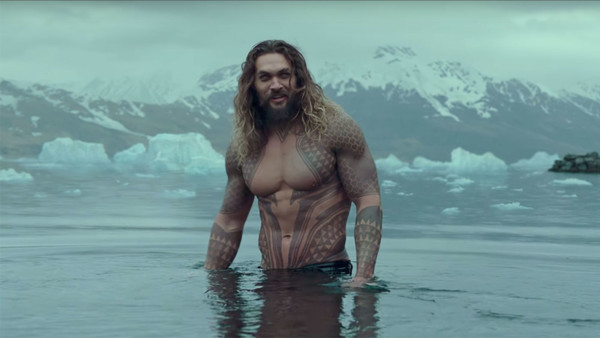DCEU: Shazam's TWO Post-Credits Scenes Explained
Wait... the crocodiles were actually important?

Post-credits scenes have become one of the most anticipated parts of any superhero film experience. Knowing that you'll get a sneaky extra scene or two - often with heavy hints towards what will be featuring in future films - makes seeing the film all the more exciting. It's almost as though you're getting a secret look into the future, and that's very difficult to not get excited about.
Shazam! meets this hype with not just one, but two different post-credits scenes. While the film itself ends with Billy making good on his promise to his new brother by finally showing the other kids at school that the 'Red Cyclone' does, in fact, know Freddy, this is not where the post-credits scenes begin.
Instead, we are shown Doctor Sivana in the aftermath of the film, where he is, unsurprisingly, in prison. While Sivana scrawls runes on his prison walls, a voice begins to speak to him, mocking his primitive ways of attempting to gain magical powers. The voice is revealed to belong to a talking caterpillar - which, for Shazam fanboys, was maybe one of the most surprisingly exciting DCEU moments to date.
Controversially, both this scene, and the second post-credits scene - while outwardly a little ridiculous - may actually be one of the more important scenes in the DCEU to date. So, why were they so important? And what do they tell us about future films?
2. What Happens In Shazam's Post-Credits Scene

Not all post-credits scenes are lore heavy, as proven by the second post-credits scene in Shazam, where Billy attempts to test if he can talk to a Goldfish, before spending a good couple of minutes just totally dunking on the idea of someone with ocean-based powers.
This is pretty clearly aimed at Aquaman, DC's second most recent film release, and it's surprising in all the right ways. Many fans have long considered DC the comic franchise that is unwilling to joke around in the way that Marvel is, especially in terms of meta humour, so the choice to affectionately bring up the age old 'Aquaman sucks' argument seems a clever way to change that idea.
It's not groundbreaking stuff, but that feels kind of like the point, with DC essentially using this scene to show a willingness to be more playful with the franchise without becoming overly pandering. Two incredibly important post-credits scenes may have been overkill, but the understated nature of the scene really works well in adding that little extra punch to the overall experience, without feeling like all the exciting parts were kept for after the credits rolled.

Also, with Superman featuring in the very end of the film - and Aquaman being referenced in this way - it's been made fairly clear that Shazam will be playing a role in future Justice League films, which is a pretty exciting concept in and of itself.
This is doubly true because it more or less sets up the tone for Shazam's dynamic with the other League characters, too - in that he's still very much a child with them, in his adult form or not. While Shazam isn't just comic relief, it's clear he will serve as some easy and charismatic comic relief, which is likely a relief for fans who consider the DCEU franchise a tad dry at points.
Will Aquaman, King of the Oceans, have watched a (presumably viral) YouTube video where a superpowered child insults him? We can but hope.